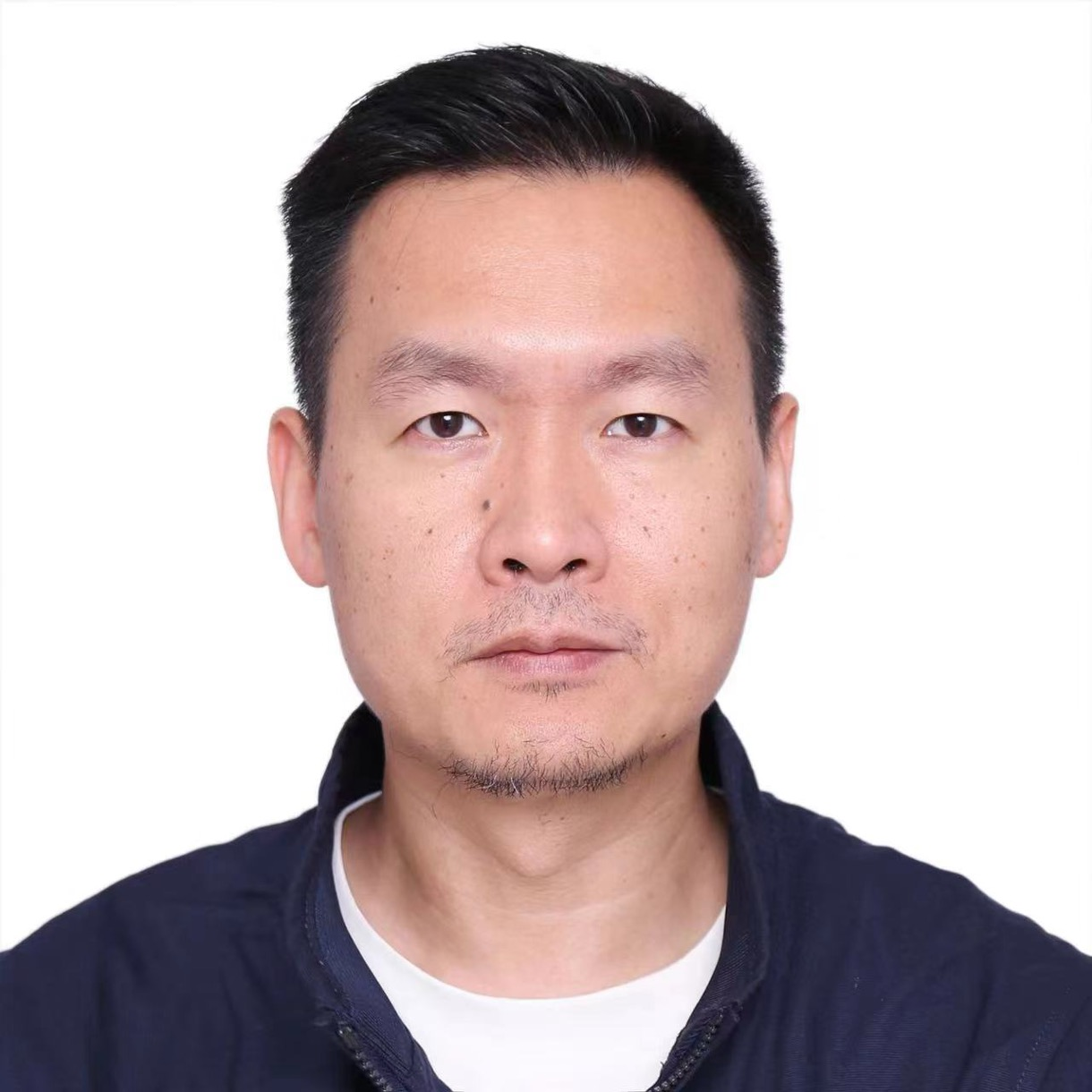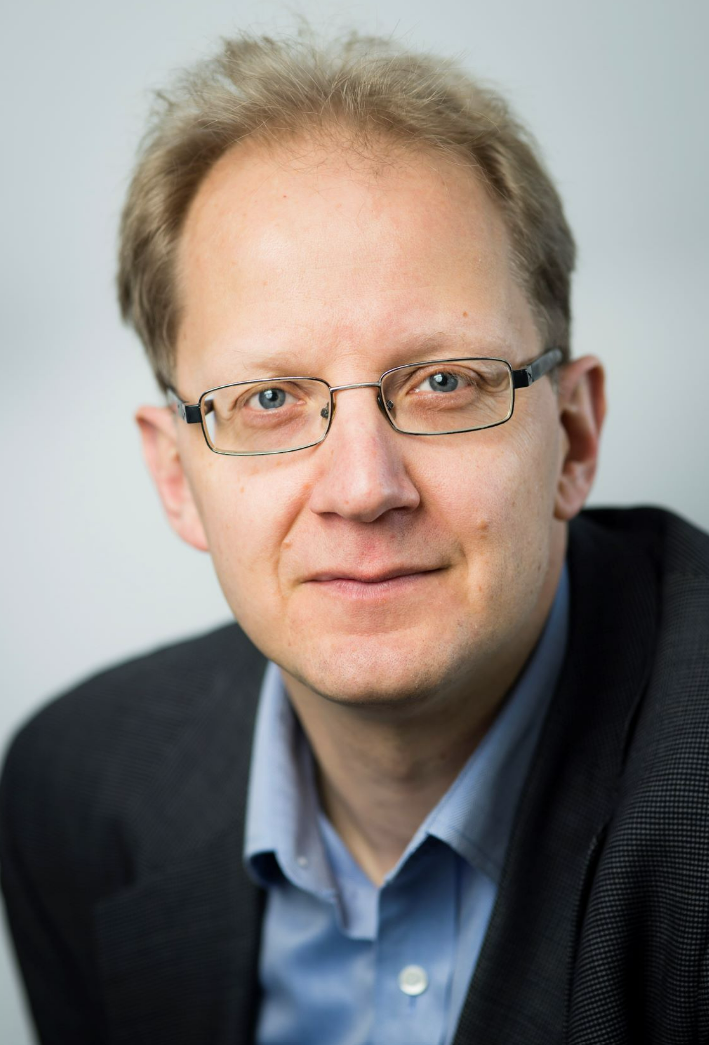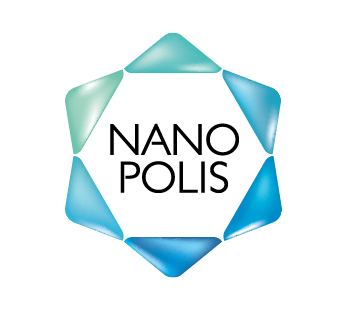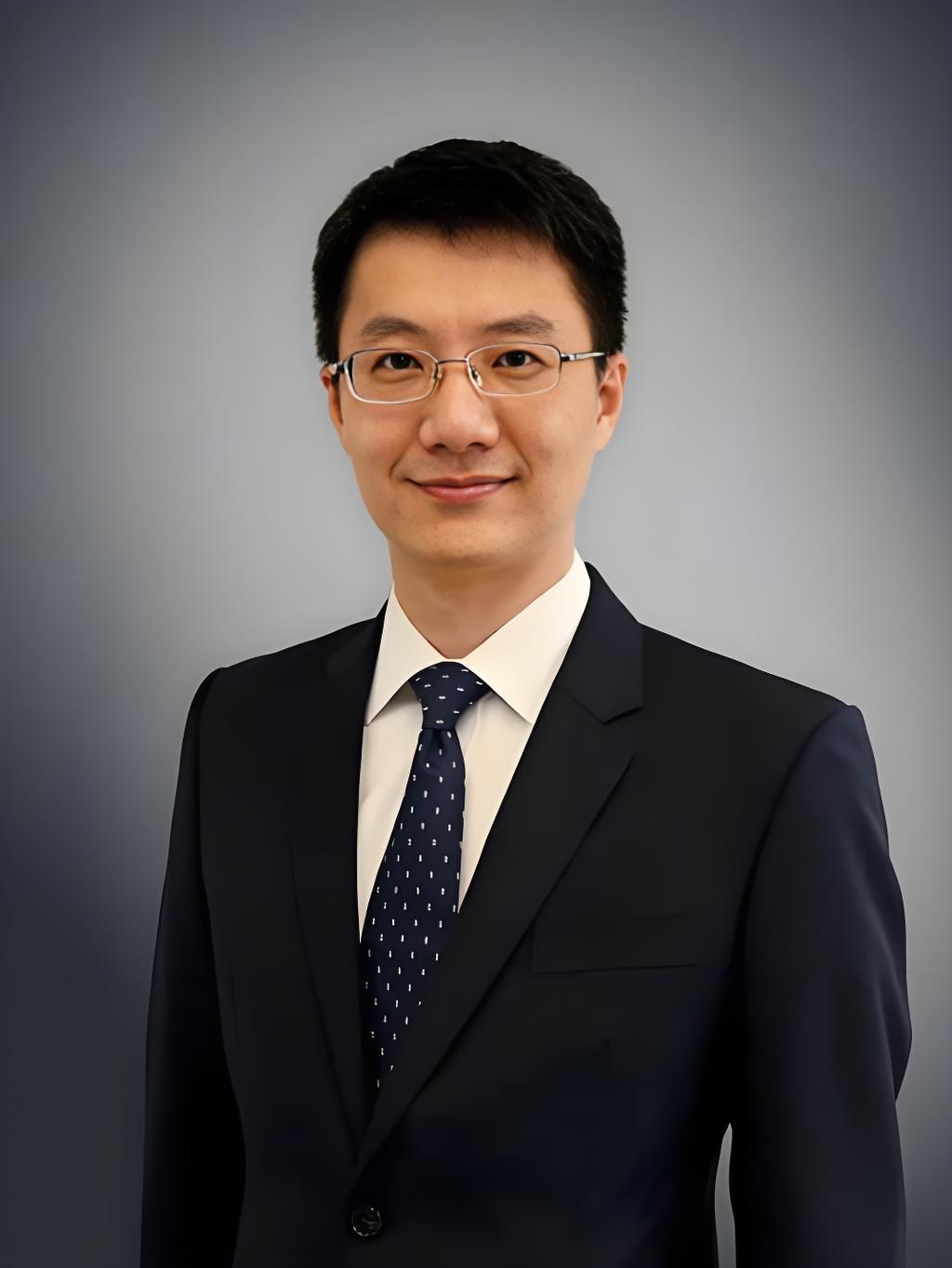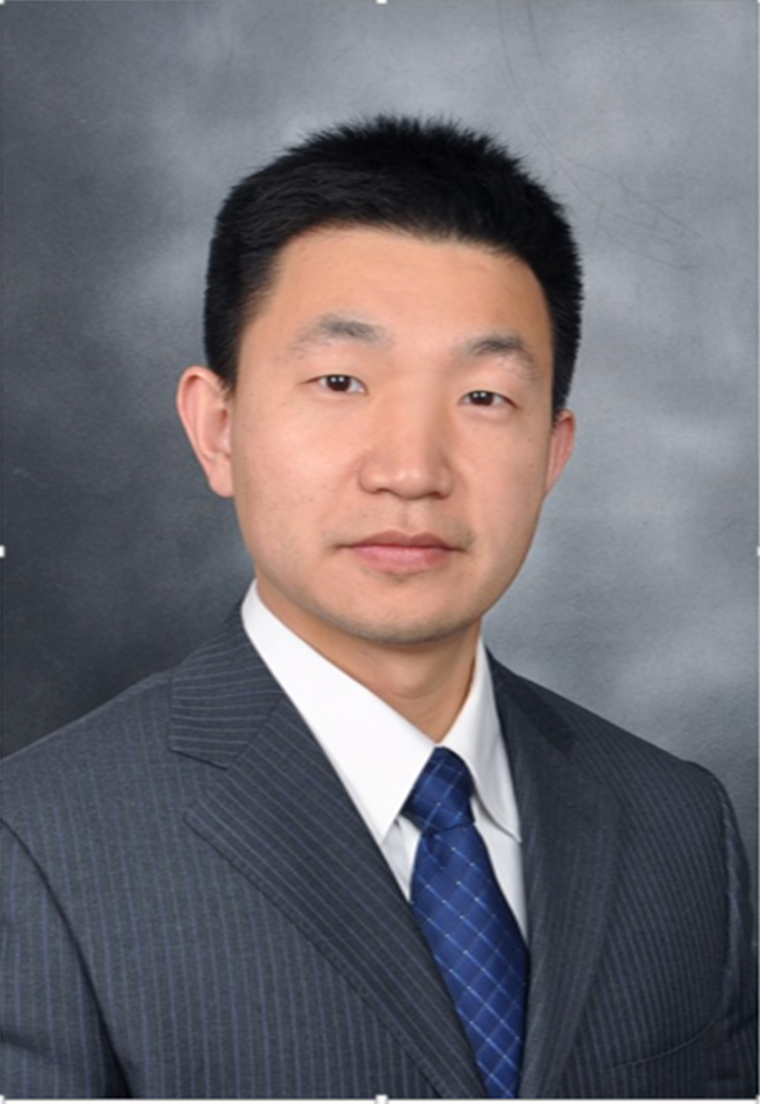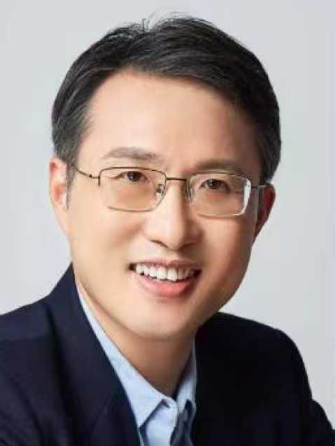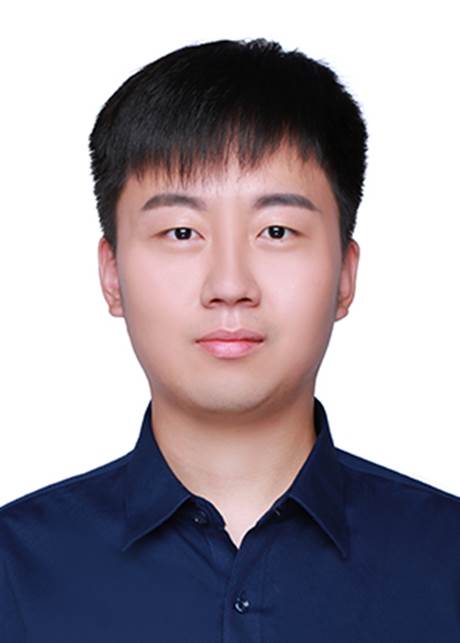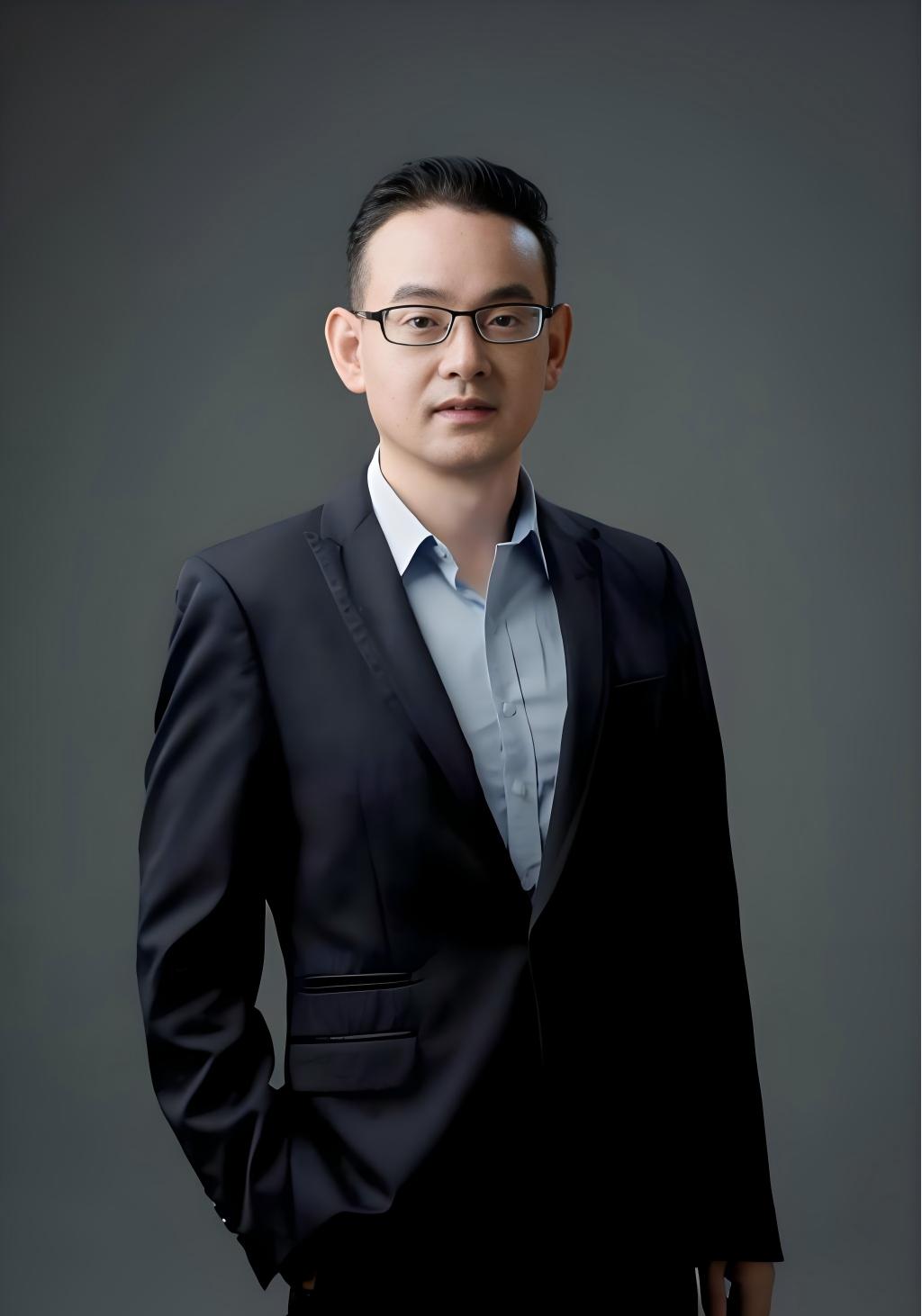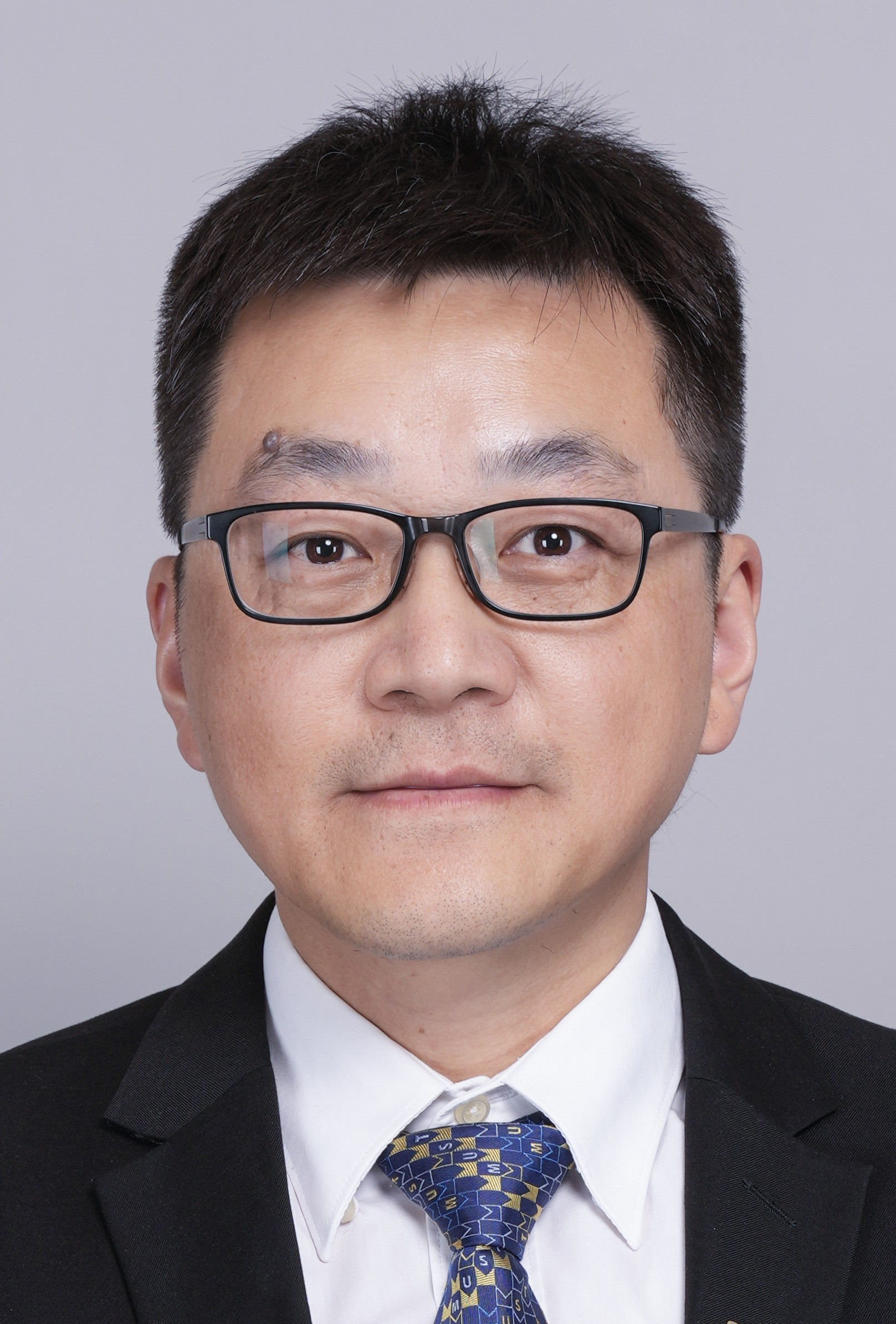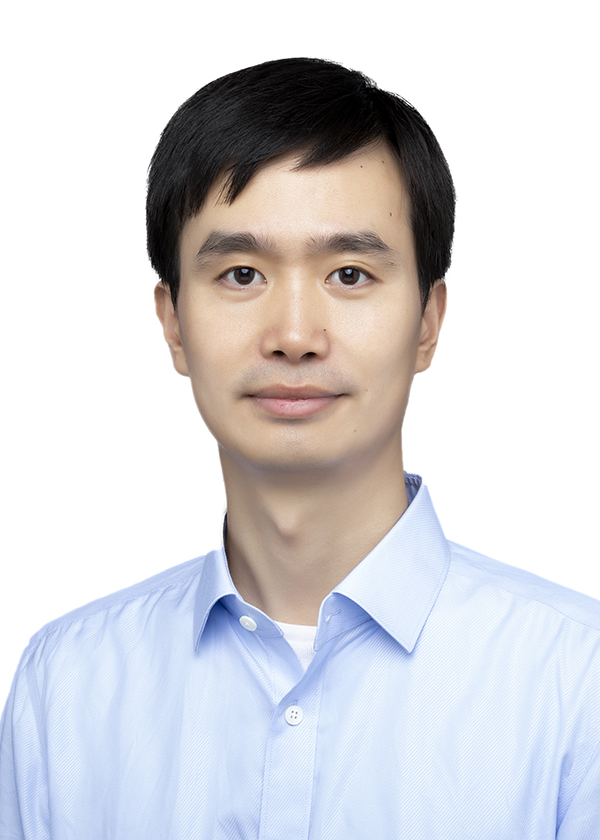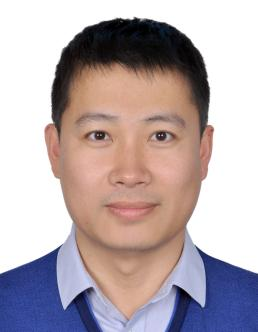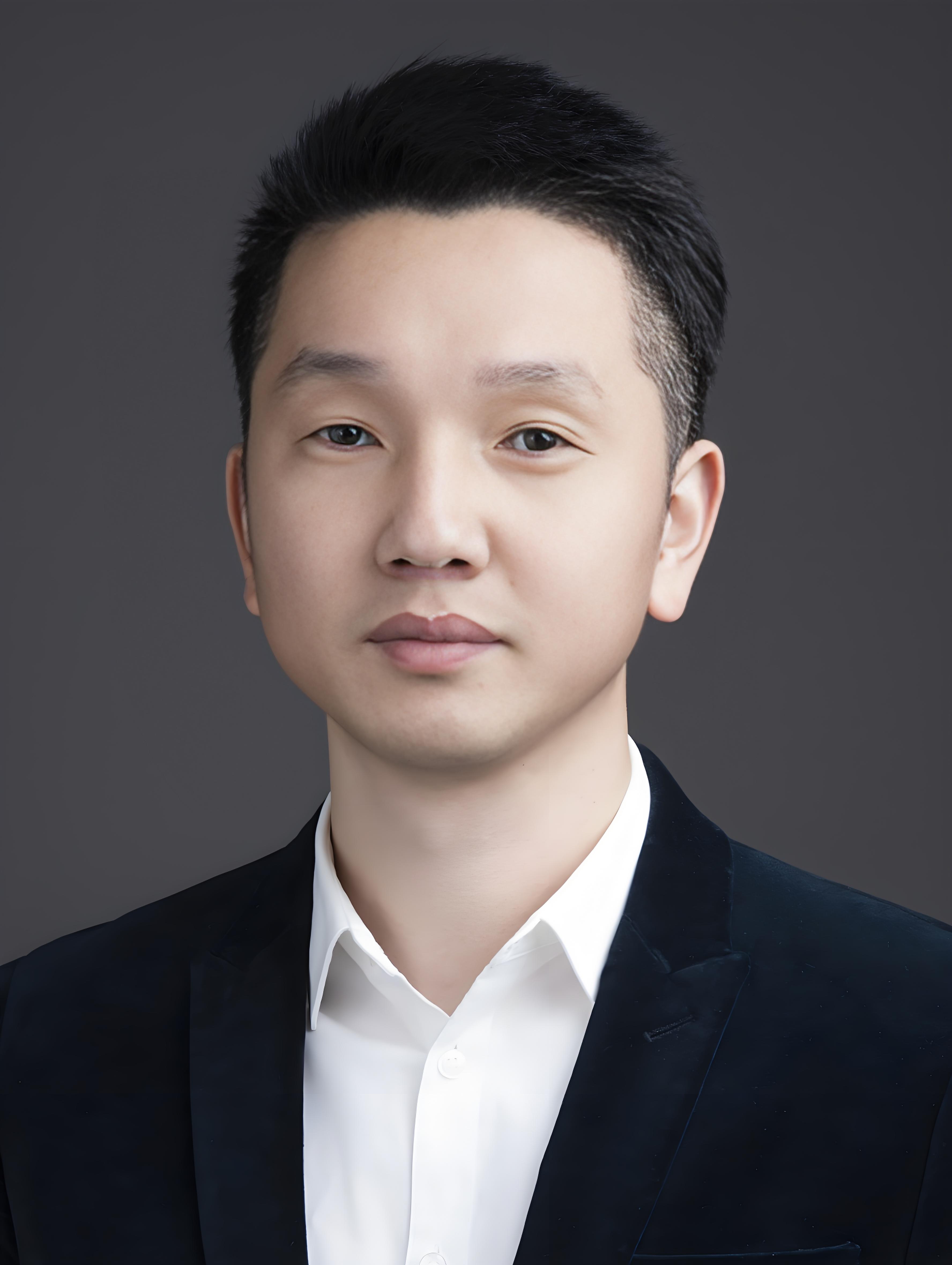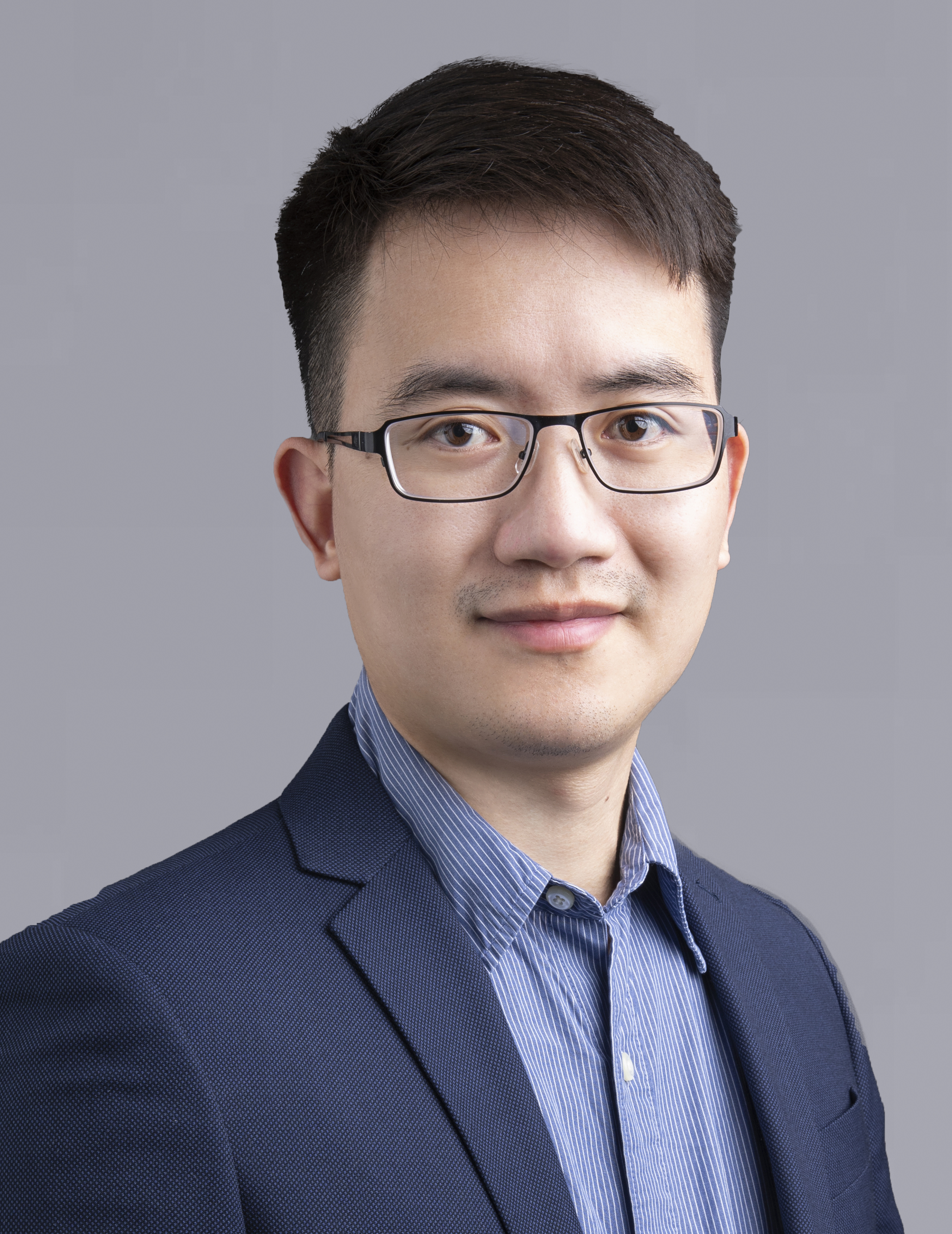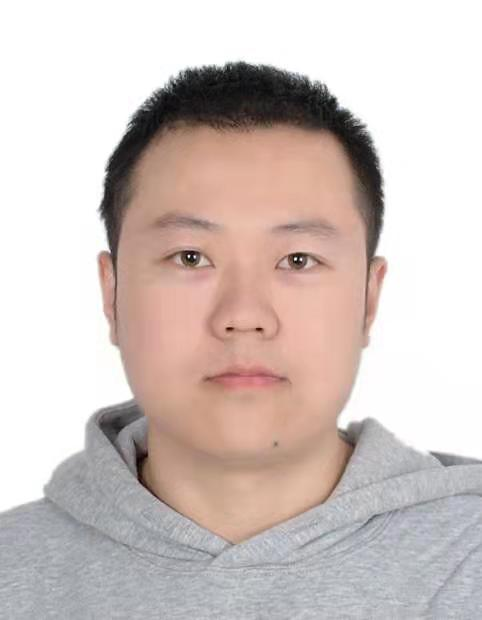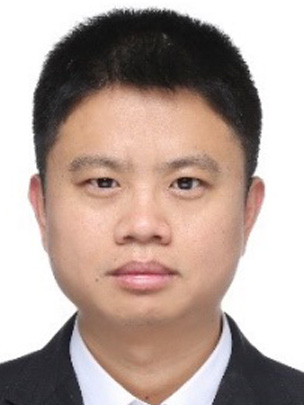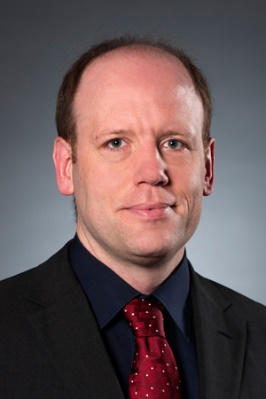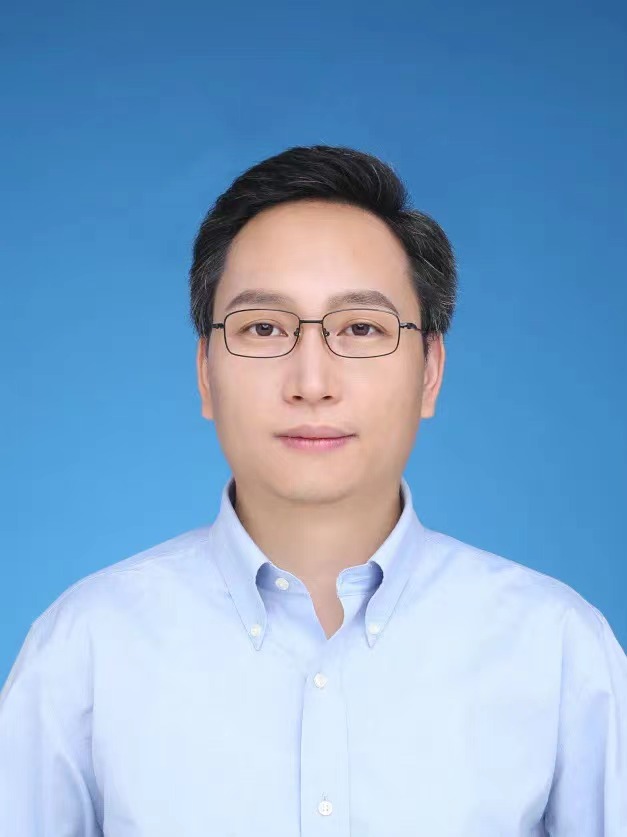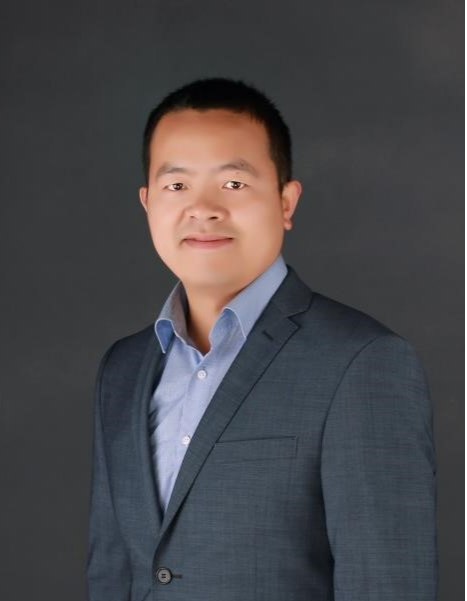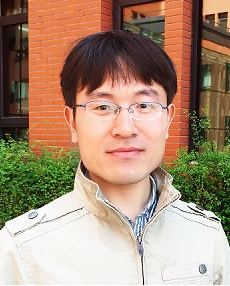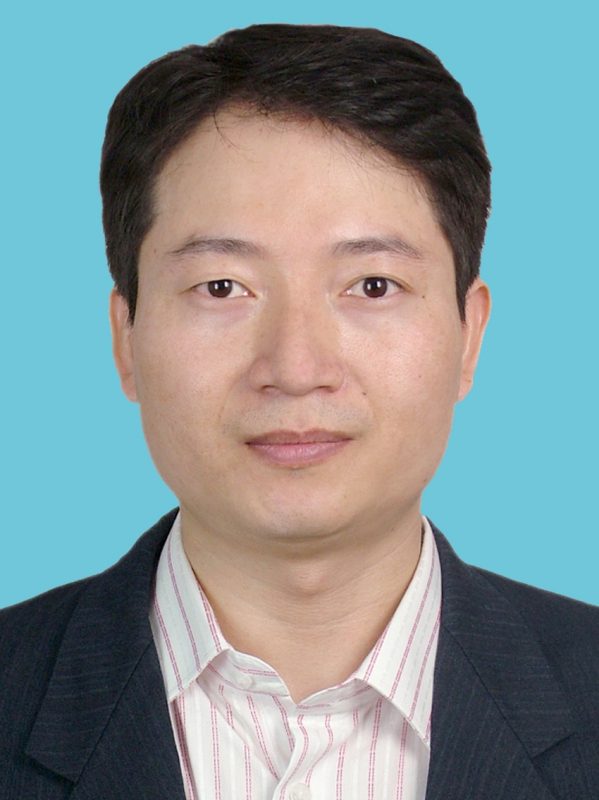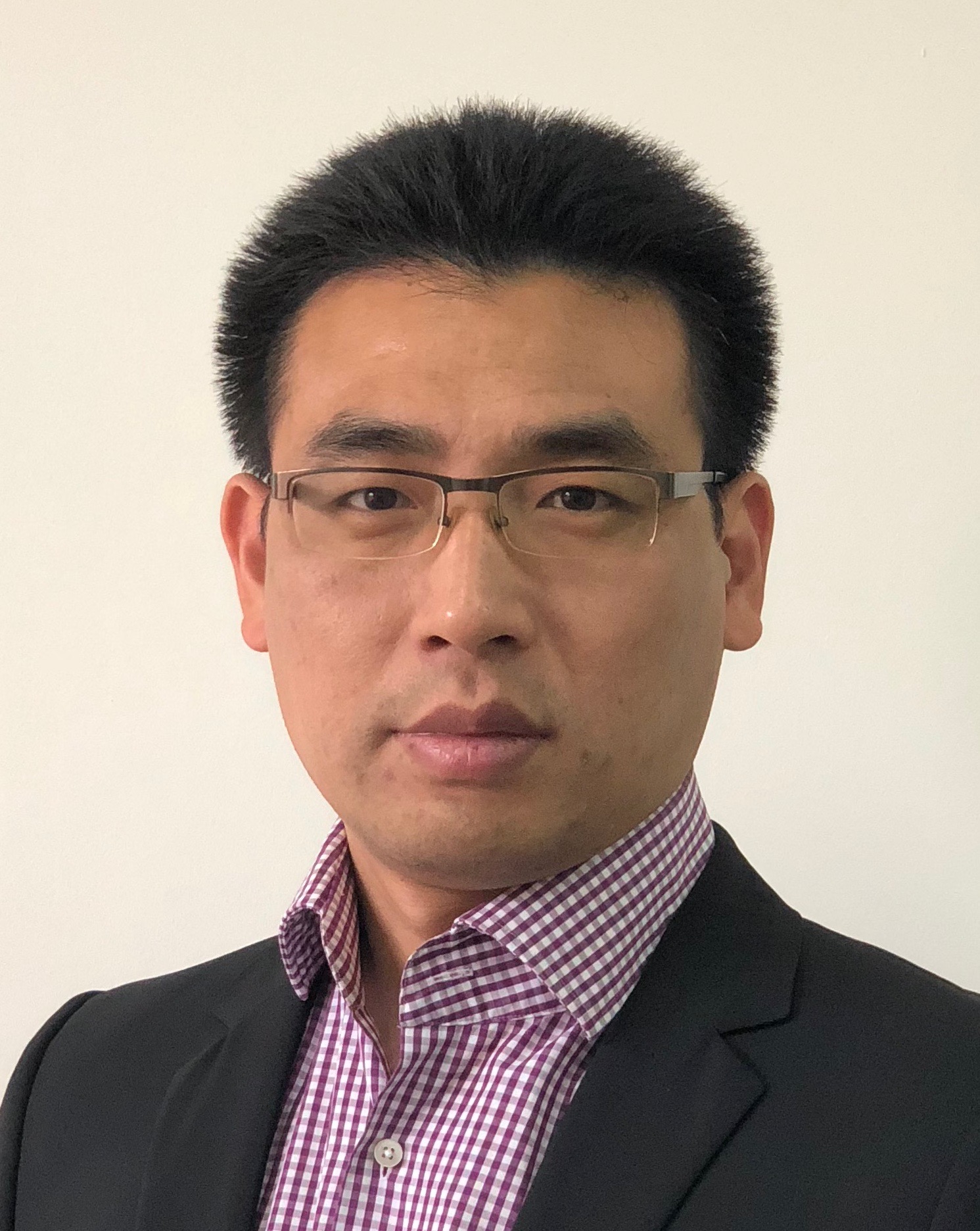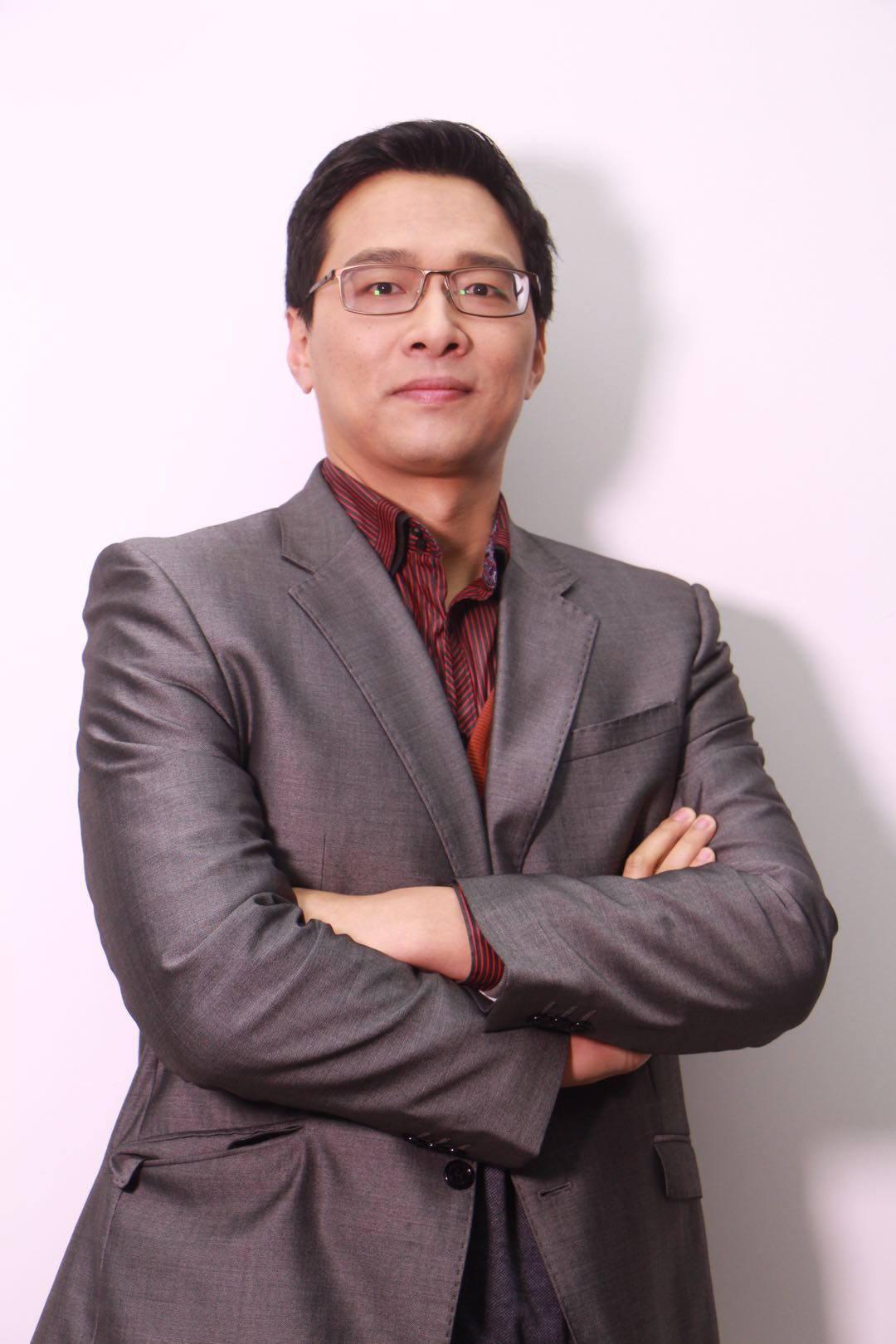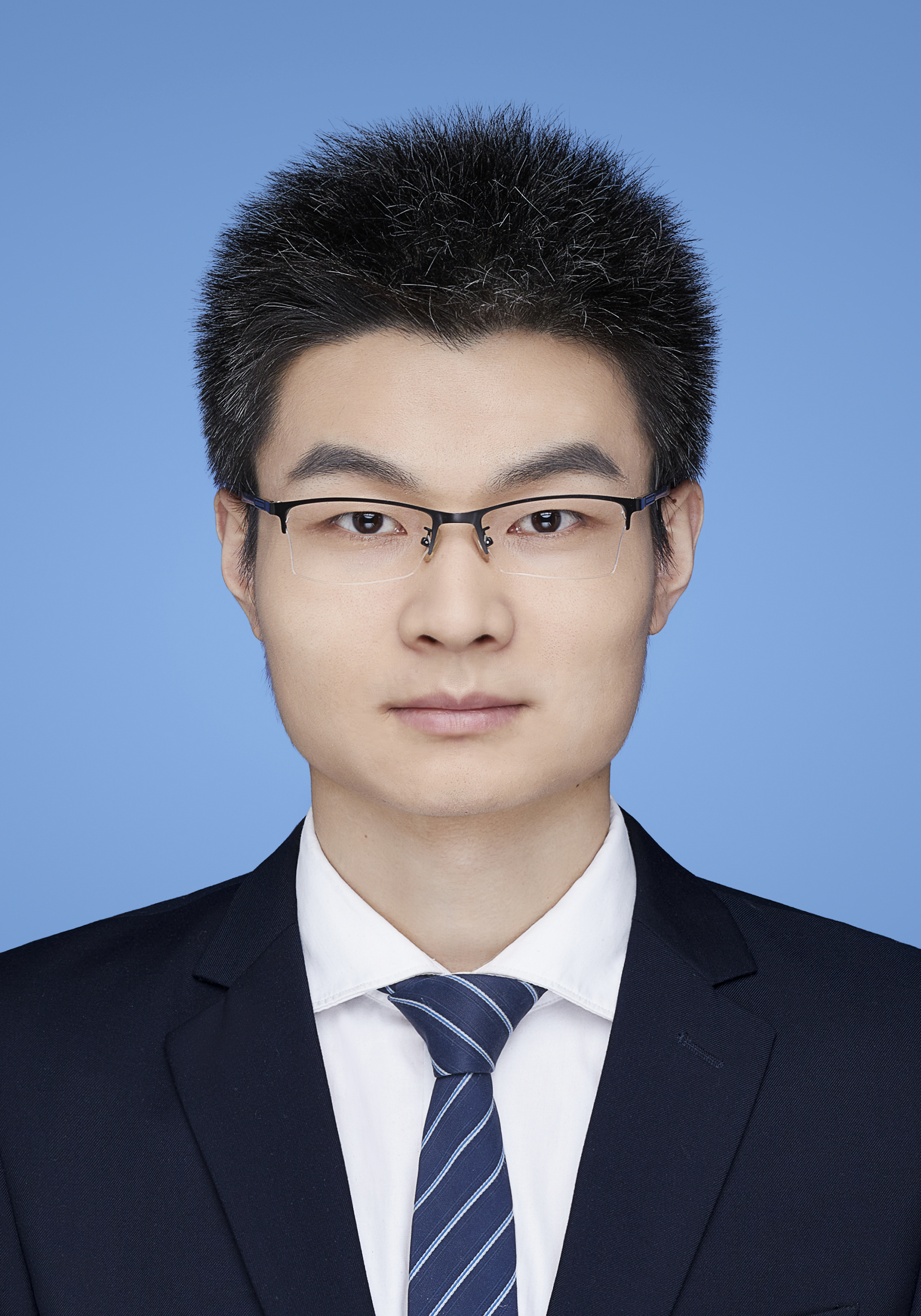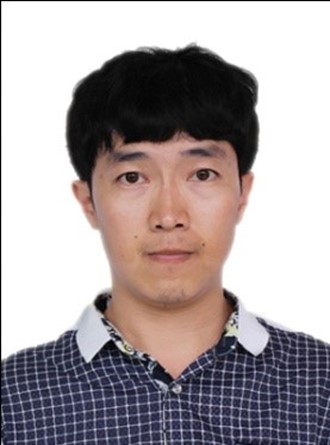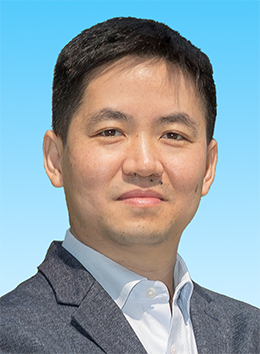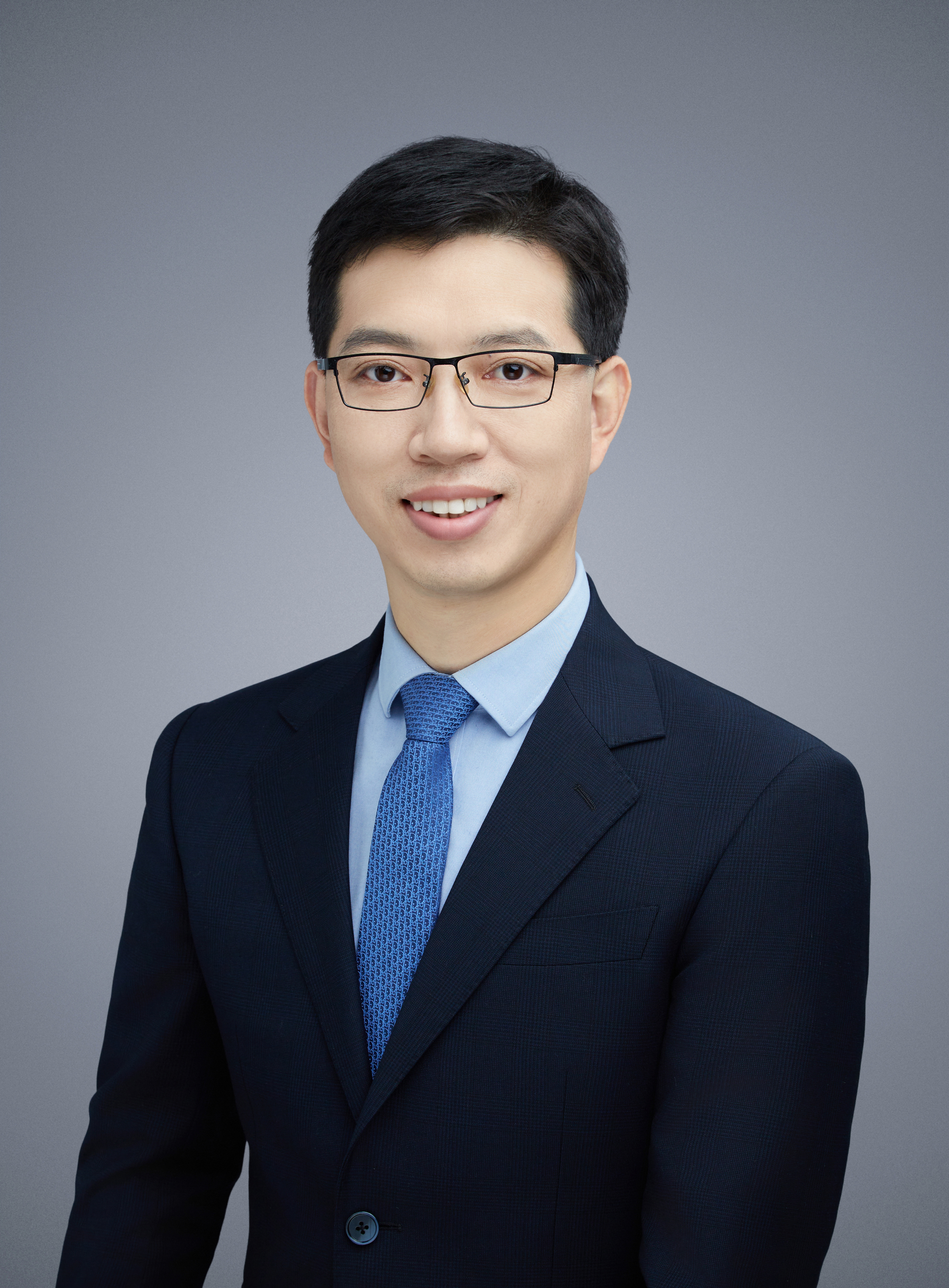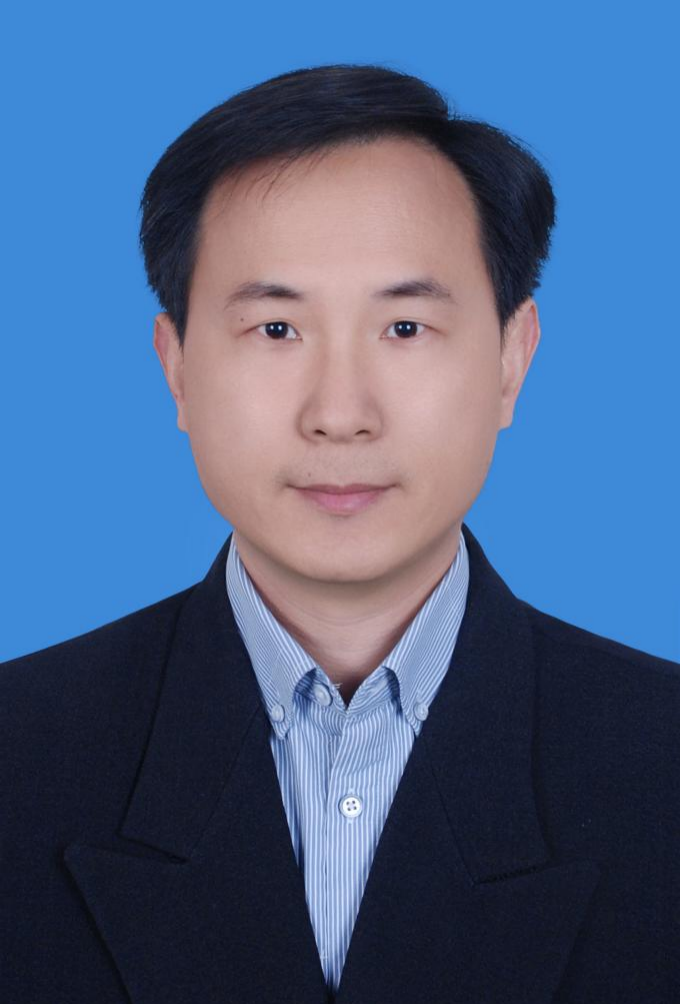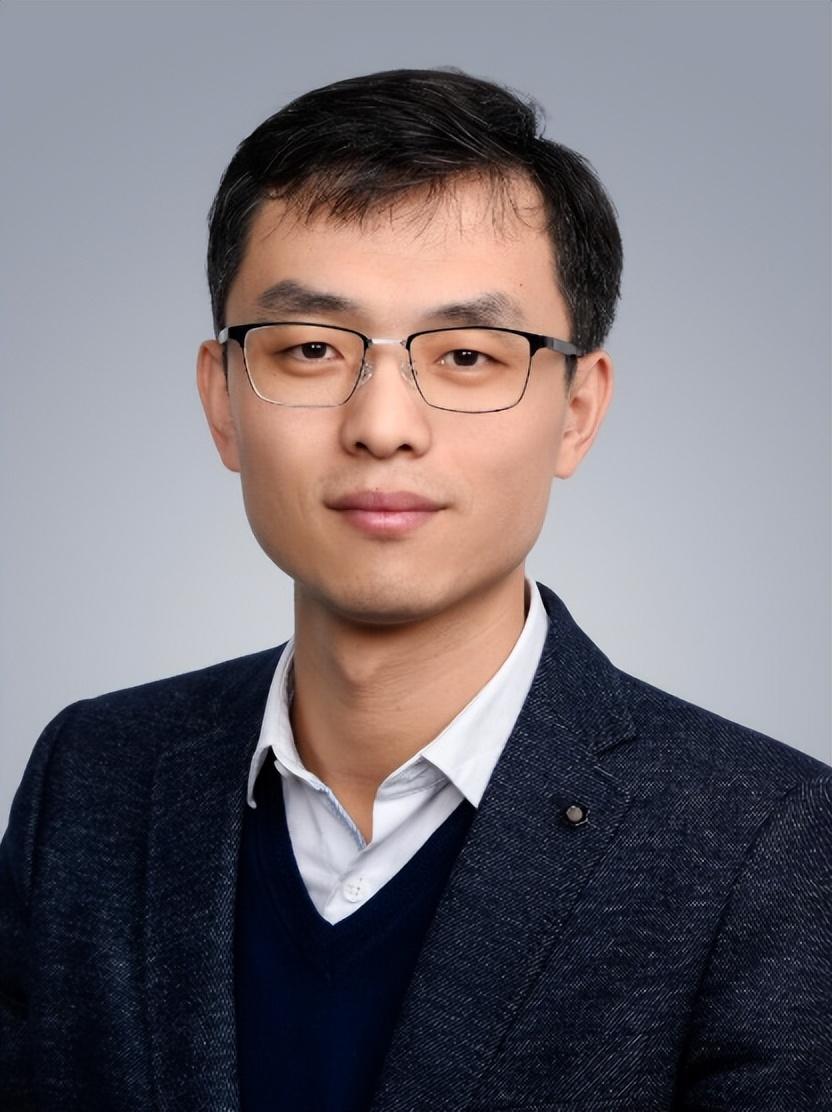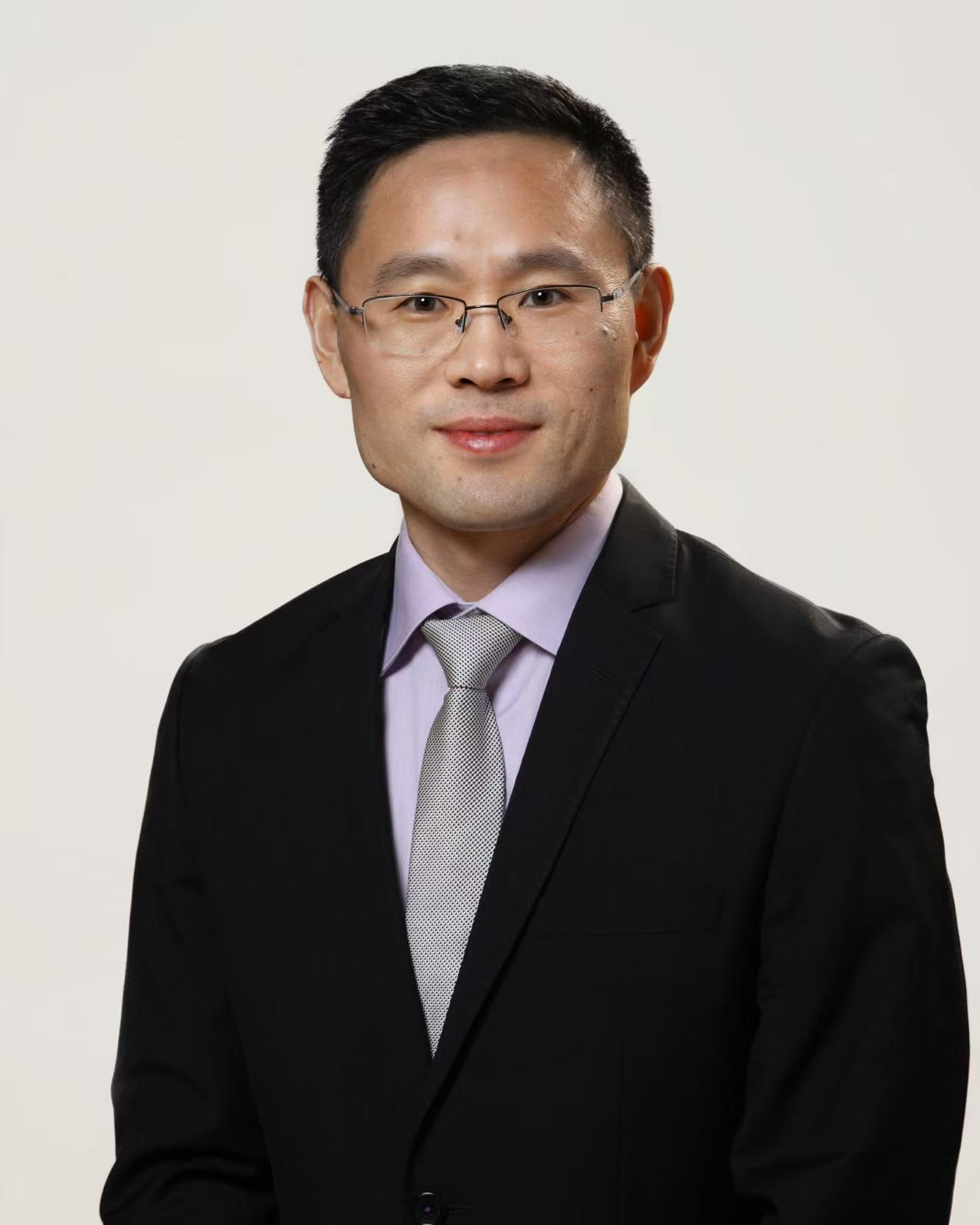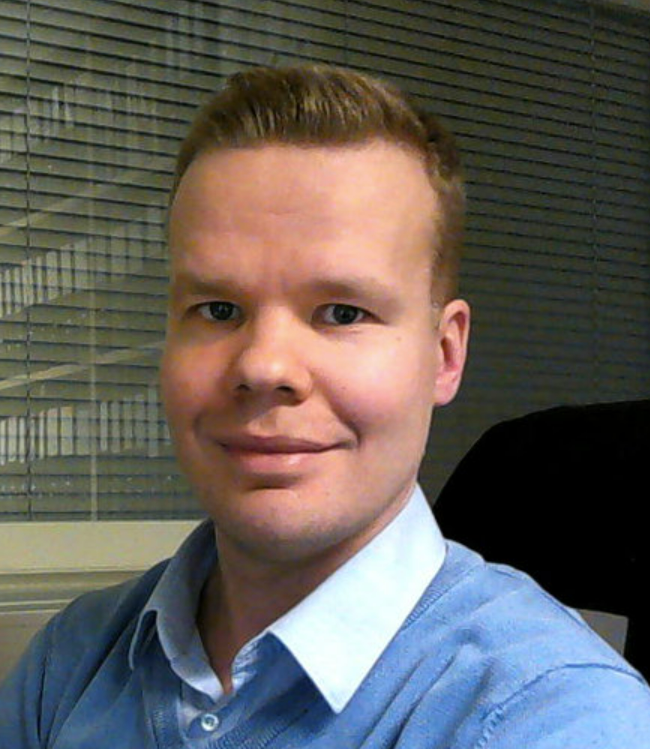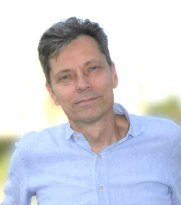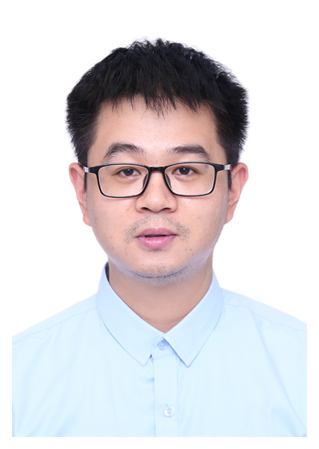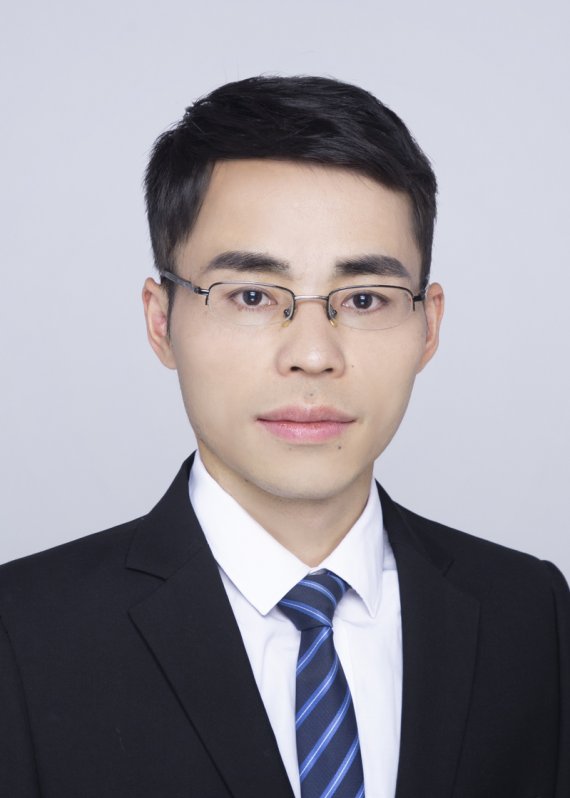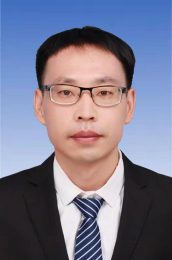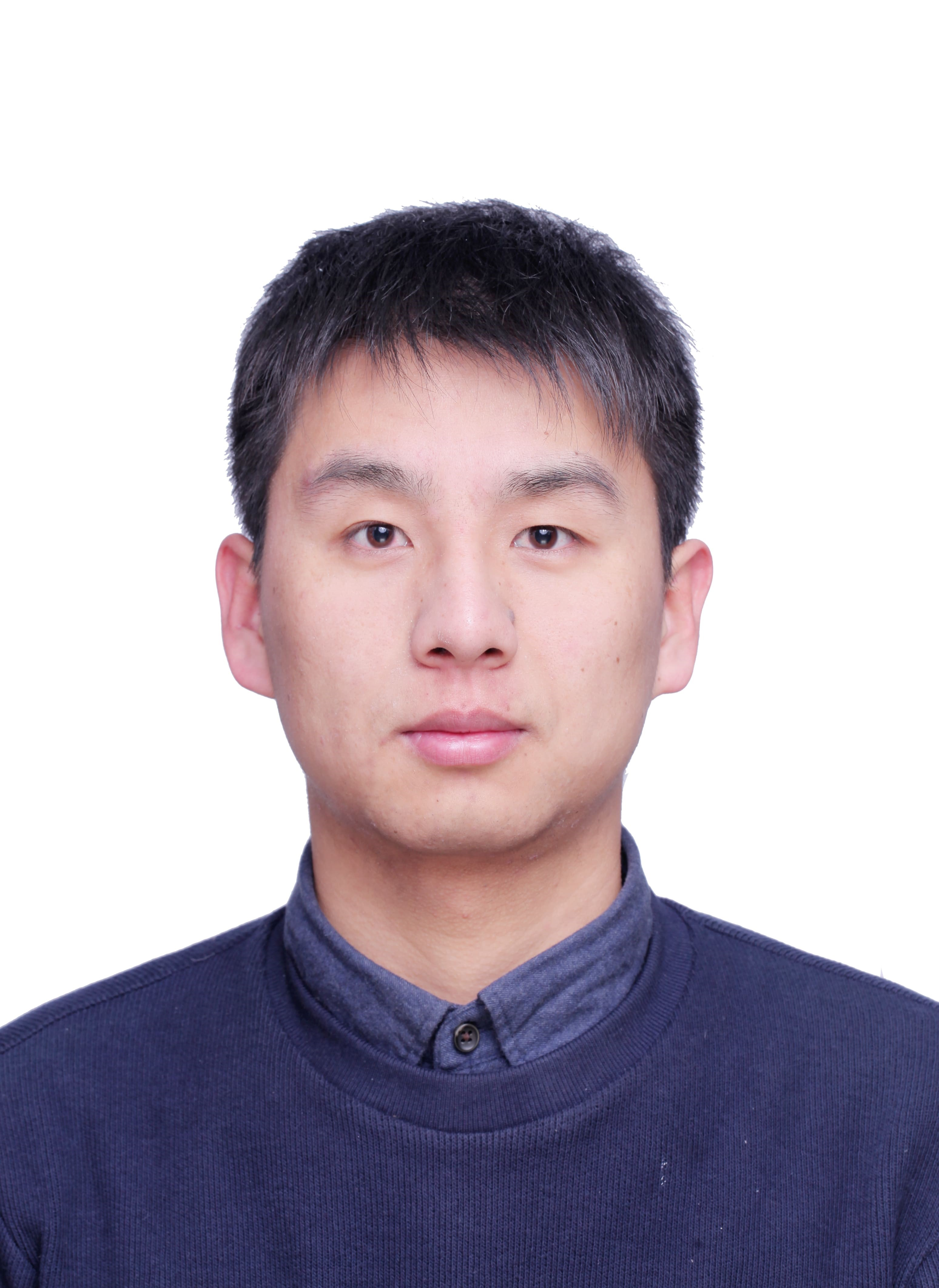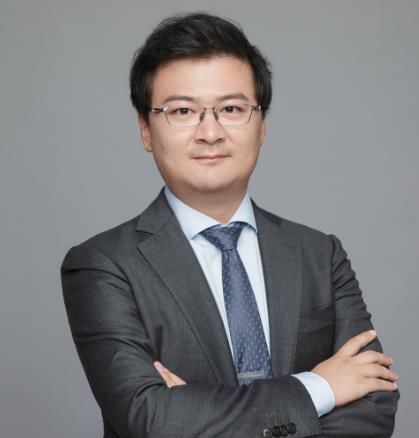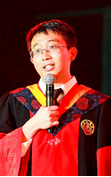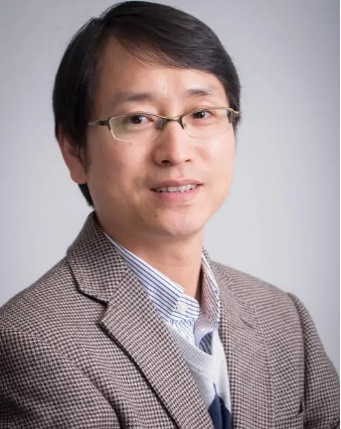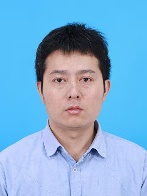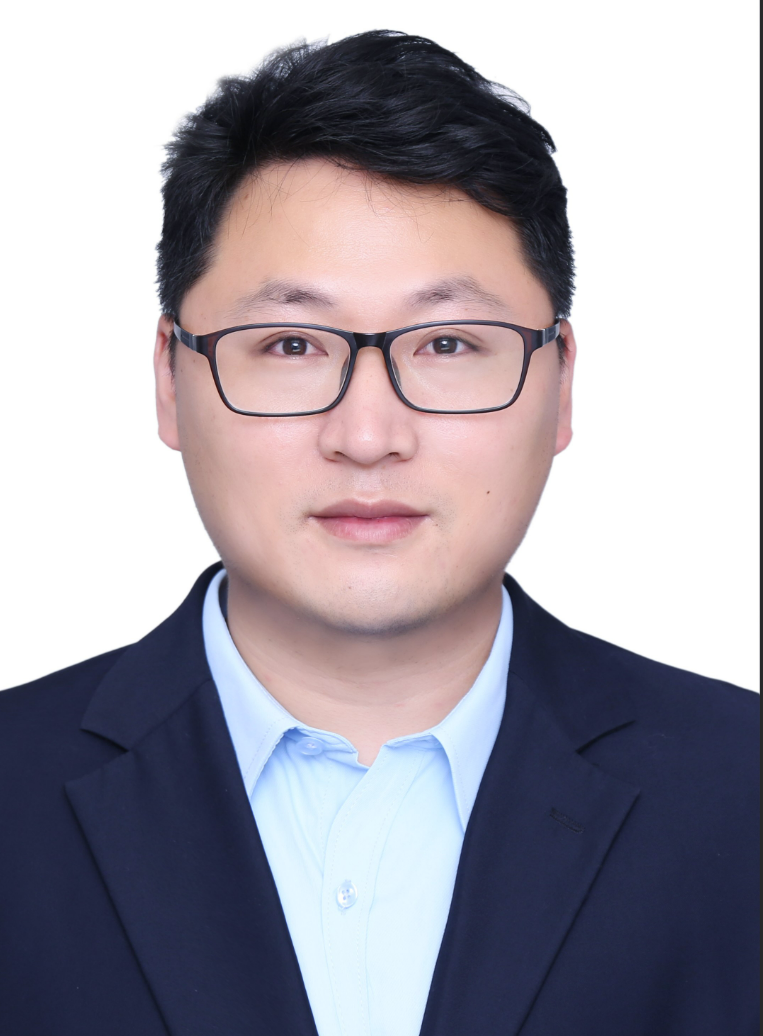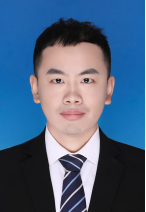Printed electronics technology, as a low-cost green manufacturing technique, has been widely applied in flexible displays, photovoltaics, sensors and other fields. Being a global leader in areas such as printed nano silver line conductive films, China is witnessing industrial transformation driven by printed additive manufacturing, smart packaging technologies, and so on. Over the past five years, the Ministry of Science and Technology has repeatedly launched projects to support research on technologies related to printed displays, printed sensors, and flexible thin-film photovoltaic cells, highlighting the strategic significance of the development of printed electronics technology. 14 sessions of printed electronics seminars have been held consecutively since 2010; and from 2017, the conference has officially become a part of the global conferencing system FlexTech led by the international semiconductor industry association SEMI, and has become a platform for communication among academia, industry, and research institutions known as Flex China, significantly promoting collaborative innovation in the field of flexible electronics. This year, Flex China will be held at Suzhou International Expo Center from October 22nd to 23rd. This event will continue to serve as a sub-conference of CHInano Conference & Expo as always, with the theme of Cutting-Edge Flexible and Printed Electronics Technologies for Energy, Bioinformation, and Artificial Intelligence. During the same period, Sino-Finnish Bilateral Forum on Flexible Printed Electronics will be held on October 24th, 2025 to promote cooperative innovation in the field of flexible electronics between China and Finland. A Nanotechnology Industry Forum will be held concurrently to facilitate interdisciplinary collaboration and we cordially invite academics and industry professionals to participate in the event.




